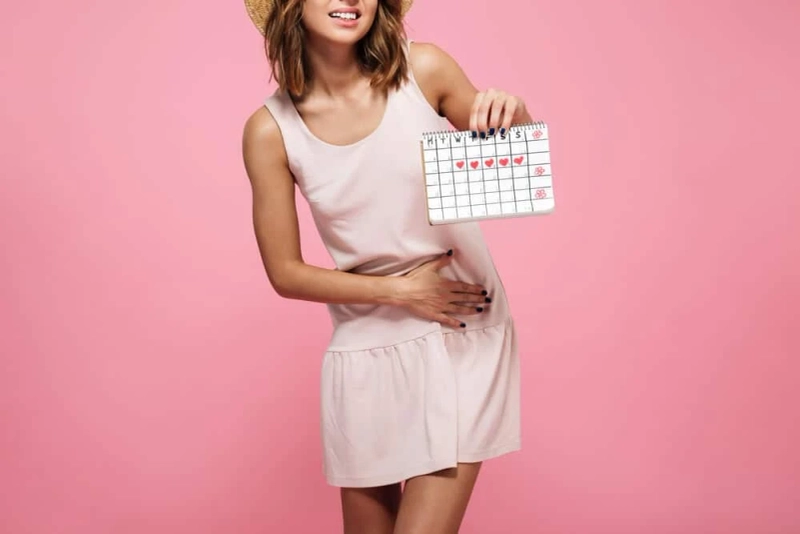Periods are a natural part of life for half of the world’s population, but they can still be a source of confusion and shame. From myths about how often you should get your period to the stigma around talking about periods and period cramps, there is still much misinformation out there. In this blog post, we will debunk some of the most common myths about periods and cramps before period. We’ll look at why these myths exist, how to recognize them, and what you can do to have more accurate conversations about periods in our society.
What are periods and why do we have them?
Most people know that periods are a natural part of a woman’s reproductive cycle, but there is still a lot of confusion about what they are and why we have them. Here’s a breakdown of everything you need to know about periods:
What are periods?
A period is when the lining of the uterus is shed through the vagina. This happens every month as part of the menstrual cycle. The menstrual cycle is controlled by hormones produced by the ovaries.
Why do we have periods?
The purpose of periods is to prepare the body for pregnancy. Every month, the ovaries release an egg (ovulation). If this egg is not fertilized, it will travel down the fallopian tubes and be shed along with the uterine lining during your period. The shedding of the uterine lining is what causes bleeding.
The different types of period cramps
There are different types of period cramps, and each woman experiences them differently. The most common type of period cramp is caused by the contraction of the uterus during menstruation. These contractions help to expel the lining of the uterus, which is shed during your period. For some women, these contractions can be quite painful, while others may barely feel them at all.
Another type of period cramp is called an ovulation cramp. This occurs when the ovary releases an egg during ovulation. Some women feel a sharp pain on one side of their abdomen when this happens, while others may just feel a general sense of discomfort. Ovulation cramps are usually not as severe as menstrual cramps and only last for a day or two at most.
Finally, some women experience what are known as premenstrual cramps (or PMS). These cramps occur in the days or weeks leading up to your period and are thought to be caused by hormonal changes. They can vary in severity from mild aches and pains to full-blown migraines and can make everyday activities difficult to impossible. If you\'re dealing with premenstrual cramps, talk to your doctor about ways to manage them.
Myths about periods
It\'s a widespread belief that periods are painful because of the cramps that many women experience. But, according to Dr. Mary Jane Minkin, a clinical professor of obstetrics, gynecology, and reproductive sciences at the Yale School of Medicine, this is a myth. "The medical term for cramps is dysmenorrhea," she says. "And only about 20 to 30 percent of women have it." The pain is caused by the uterus contracting to expel its lining. For some women, this can be quite uncomfortable; for others, it\'s more like mild discomfort. There are things you can do to ease the pain if you\'re one of the unlucky ones who get cramps: over-the-counter pain medications like ibuprofen or aspirin (but not naproxen), heating pads, and relaxation techniques like yoga or meditation can all help.
Another common myth about periods is that they\'re dirty or unclean. This couldn\'t be further from the truth! Periods are a natural and healthy part of a woman\'s reproductive cycle. In fact, menstruation is one of the signs that your body is working properly. There\'s no need to feel ashamed or embarrassed about having your period - it\'s something that half of the population experiences every month!
Still other people believe that you shouldn\'t exercise while on your period. Again, this is false! Exercise is actually an excellent way to relieve period cramps (and it has
How to manage period cramps
There are a lot of myths out there about periods and period cramps. But the fact is, period cramps are a very real and very uncomfortable part of many women\'s lives. If you\'re one of the millions of women who suffer from period cramps, there are some things you can do to help ease the pain.
First, over-the-counter pain relievers like ibuprofen or acetaminophen can be helpful in managing period cramps. Be sure to follow the directions on the package.
Second, try placing a heating pad on your lower abdomen or taking a warm bath to help relax your muscles and ease the pain.
Third, exercise can actually help relieve period cramps. So if you can go for a walk, take a yoga class, or do some light cardio. Just be sure not to overdo it.
And finally, don\'t forget to relax and take it easy on yourself during this time. Your body is going through a lot and it needs some extra TLC. So make sure you get plenty of rest and drink plenty of fluids.
Conclusion
Periods and period cramps can be a difficult part of life for many women, but it is important to remember that there are many myths about them. Educating yourself on the facts about periods and period cramps can help you take care of your body in the best way possible. You don\'t have to suffer through cramps or feel ashamed for having a period - with knowledge comes power, so make sure you know what\'s true and false when it comes to your cycle! If in case, you find any difficulty or serious issues visit to your nearest women\'s clinic for your physical checkups



